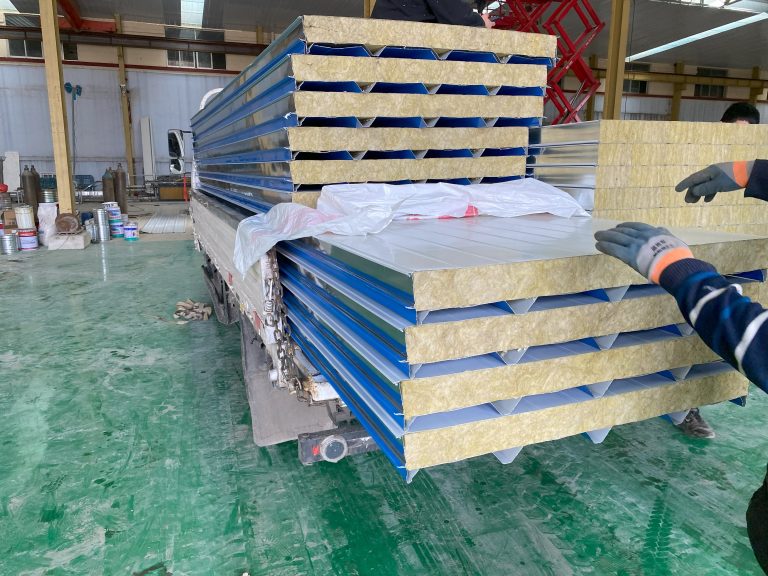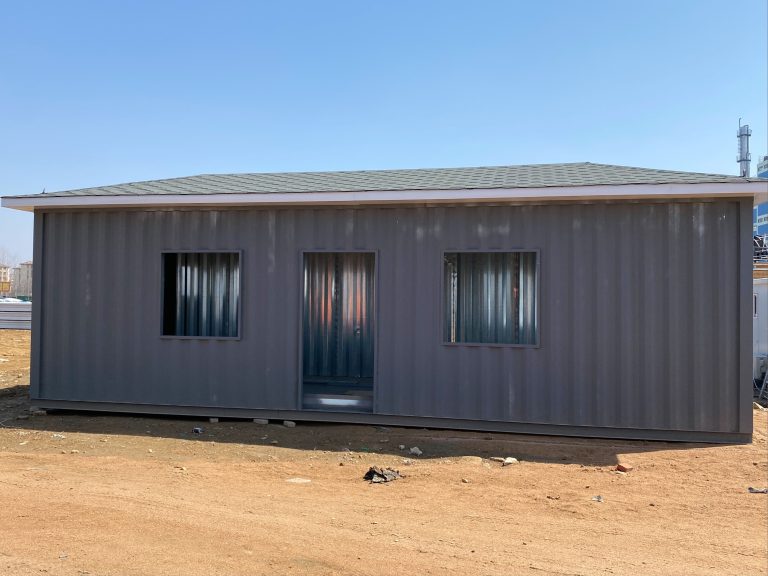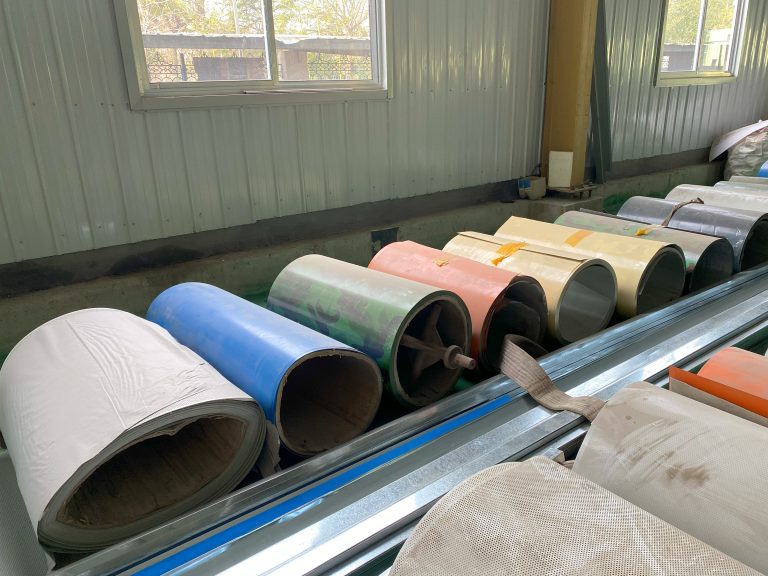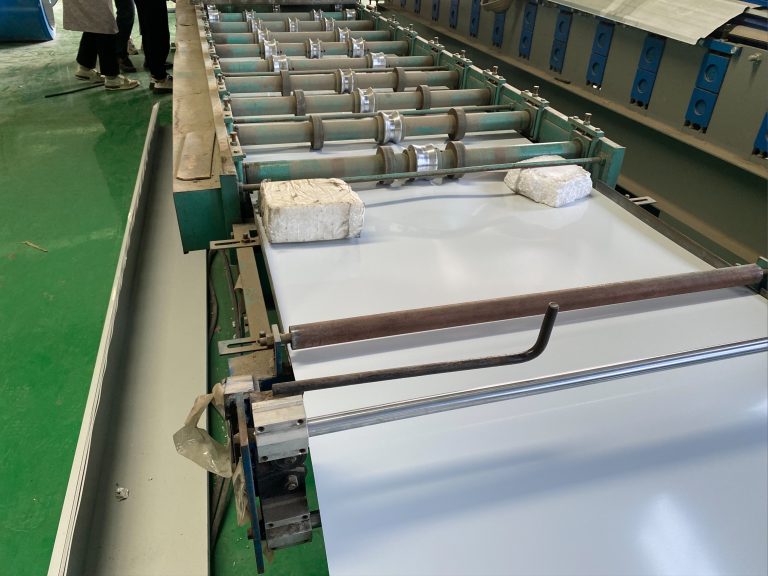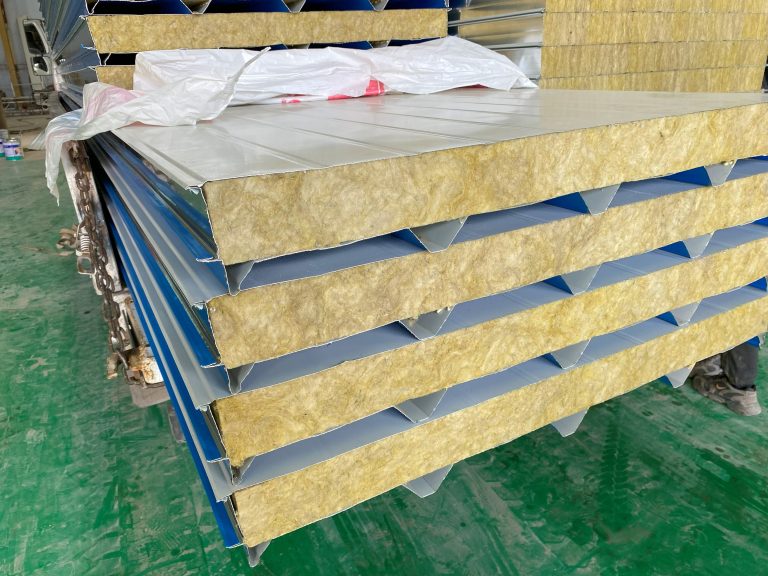Steel structure in the construction industry to cope with climate change strategy
Table of Contents
Sustainable Steel: A Key Player in Climate-Resilient Construction
Steel has long been a staple material in the construction industry due to its strength, durability, and versatility. However, as the world grapples with the effects of climate change, the role of steel in sustainable construction practices has become increasingly important. With its ability to withstand extreme weather conditions and its recyclability, steel is emerging as a key player in climate-resilient construction strategies.
One of the main advantages of steel in the face of climate change is its durability. Steel structures are known for their ability to withstand high winds, earthquakes, and other natural disasters. This resilience makes steel an ideal material for buildings in areas prone to extreme weather events. By using steel in construction, builders can create structures that are better equipped to withstand the challenges posed by a changing climate.
In addition to its durability, steel is also a highly sustainable material. Steel is one of the most recycled materials in the world, with a recycling rate of over 90%. This means that steel can be reused again and again, reducing the need for new raw materials and lowering the environmental impact of construction projects. By incorporating recycled steel into their designs, builders can reduce their carbon footprint and contribute to a more sustainable future.
Furthermore, steel structures have a long lifespan, which further enhances their sustainability. Unlike other building materials that may deteriorate over time, steel structures can last for decades with minimal maintenance. This longevity not only reduces the need for frequent repairs and replacements but also helps to conserve resources in the long run. By choosing steel for construction projects, builders can create buildings that will stand the test of time and contribute to a more sustainable built environment.
Another key benefit of steel in climate-resilient construction is its versatility. Steel can be used in a wide range of building applications, from skyscrapers to bridges to industrial facilities. This versatility allows architects and engineers to design innovative and efficient structures that can adapt to changing environmental conditions. Whether it’s designing a building to withstand extreme heat or incorporating green technologies to reduce energy consumption, steel provides a solid foundation for sustainable construction practices.
As the construction industry continues to grapple with the challenges of climate change, the role of steel in building resilient structures will only become more important. By leveraging the durability, sustainability, and versatility of steel, builders can create buildings that not only withstand the impacts of a changing climate but also contribute to a more sustainable future. From reducing carbon emissions to conserving resources, steel is a key player in the transition to a more climate-resilient built environment.
In conclusion, steel structures are an essential component of climate-resilient construction strategies. With their durability, sustainability, and versatility, steel buildings are well-equipped to withstand the challenges posed by a changing climate. By incorporating steel into their designs, builders can create structures that not only stand the test of time but also contribute to a more sustainable built environment. As the construction industry continues to evolve in response to climate change, steel will undoubtedly play a crucial role in shaping the future of sustainable construction practices.
Innovations in Steel Structures for Climate-Adaptive Buildings
Steel structures have long been a staple in the construction industry due to their durability, strength, and versatility. As the world grapples with the effects of climate change, there is a growing need for buildings that can withstand extreme weather events and minimize their environmental impact. In response to this challenge, architects and engineers are turning to innovative steel structures that are designed to be climate-adaptive.
One of the key advantages of steel structures is their ability to be prefabricated off-site, allowing for faster construction times and reduced waste. This is particularly important in the face of climate change, as extreme weather events such as hurricanes and floods are becoming more frequent. By using steel structures that can be quickly assembled on-site, builders can minimize the time and resources needed to complete a project, reducing the overall environmental impact.
In addition to their speed of construction, steel structures are also highly durable and resistant to damage from extreme weather conditions. This makes them an ideal choice for buildings in areas prone to hurricanes, earthquakes, and other natural disasters. By using steel structures that are designed to withstand these events, architects and engineers can create buildings that are not only safe for occupants but also have a lower risk of damage in the event of a disaster.
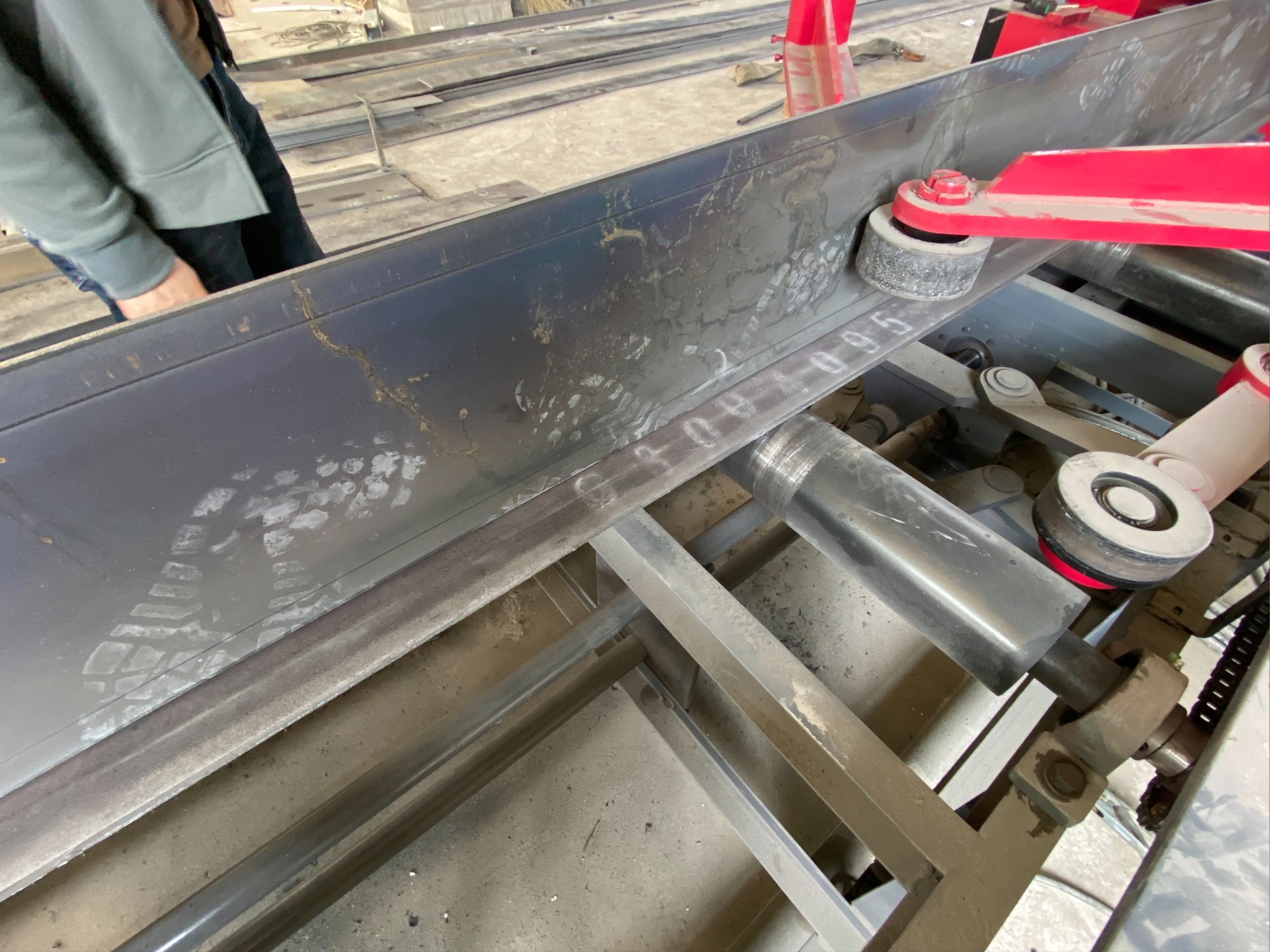
Another benefit of steel structures is their flexibility in design. Steel can be molded into virtually any shape or size, allowing architects to create innovative and visually striking buildings that are also highly functional. This flexibility is particularly important in the face of climate change, as architects and engineers are increasingly looking for ways to design buildings that are energy-efficient and environmentally friendly.
One example of this is the use of steel structures in the construction of green roofs. Green roofs are an increasingly popular feature in sustainable buildings, as they help to reduce energy consumption, improve air quality, and provide habitat for wildlife. By using steel structures to support green roofs, architects can create buildings that are not only aesthetically pleasing but also environmentally friendly.
In addition to their durability and flexibility, steel structures are also highly recyclable. Steel is one of the most recycled materials in the world, with a recycling rate of over 90%. This makes it an ideal choice for sustainable construction projects, as builders can reuse steel materials from old buildings to create new structures, reducing the need for new raw materials and minimizing waste.
Overall, steel structures are an essential component of the construction industry’s strategy to cope with climate change. By using innovative steel structures that are designed to be climate-adaptive, architects and engineers can create buildings that are not only durable and visually striking but also environmentally friendly and sustainable. As the world continues to grapple with the effects of climate change, steel structures will play a crucial role in creating buildings that can withstand the challenges of a changing climate.


